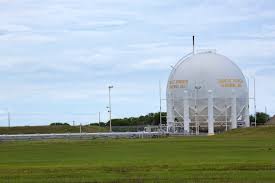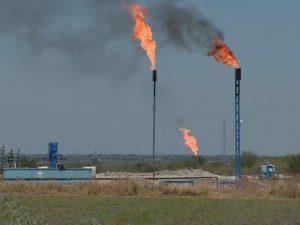Earlier this month, the largest gas utility in the country filed a lawsuit against the state of California for its efforts to reduce greenhouse gas emissions. Southern California Gas Company claims in its suit that the California Energy Commission has not properly considered what role natural gas can play in a clean energy future.
It is a pretty bold move from SoCalGas — the company that supplies a fossil fuel that inherently runs counter the long-term benefit of the environment, and was responsible for the massive 2015 Aliso Canyon gas leak that for months on end sent nearly a hundred thousand tons of potent methane gas into the atmosphere.
This is a spurious argument aimed at advancing the false notion that gas utilities should continue to provide customers with gas, whether they want it or not.














